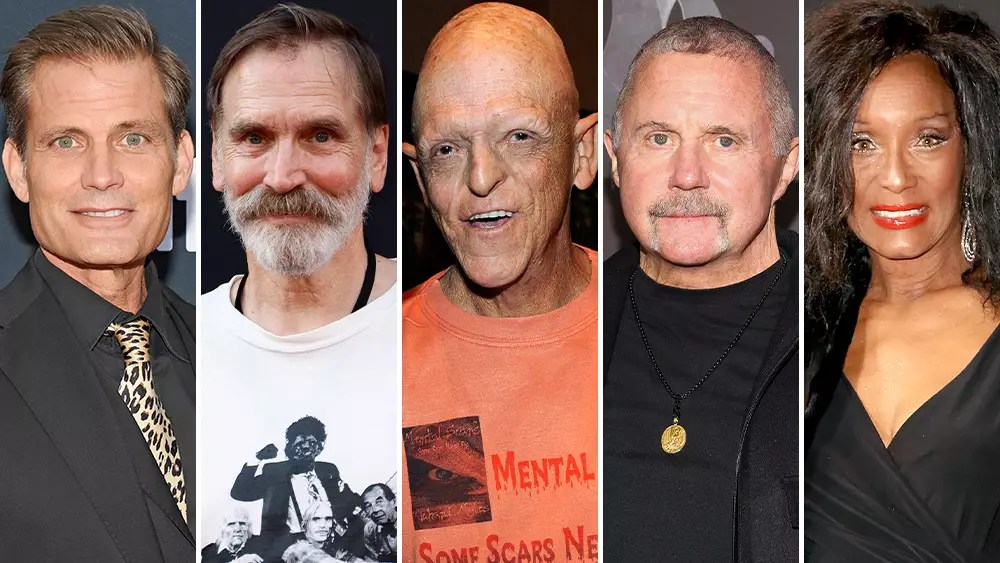The horror landscape is continuously evolving, and the announcement of “Spawn of the Living Dead” signifies a daring attempt to breathe new life into the zombie genre—a genre often plagued by clichés and repetitive narratives. Led by the legendary John A. Russo, co-creator of “Night of the Living Dead,” this film aims to explore the aftermath of the 1968 zombie outbreak through a gritty, visceral lens. But more than just revisiting old fears, the project seeks to challenge conventions by blending traditional horror tropes with innovative storytelling techniques.
What sets this project apart is its commitment to authenticity and a respect for horror history, while simultaneously embracing new creative directions. The premise detailing a post-plague world where a posse hunts the undead juxtaposed with scientists studying these creatures hints at a layered narrative, exploring not only the chaos of a zombie apocalypse but also the scientific and moral dilemmas involved. This dual perspective could offer a richer, more nuanced exploration of humanity’s response to chaos, contrasting raw survival instincts with clinical curiosity.
Yet, on closer inspection, there’s a danger of reliance on familiar zombie imagery—gunned-down corpses and experiments in containment—that might hinder originality if not handled with fresh ingenuity. The challenge will be to transcend the stereotypical zombie trope and delve into deeper themes of ethics, chaos, and human resilience, rather than succumbing to predictable gore-fests. The involvement of seasoned FX master Todd Masters promises a high-quality visual and makeup aesthetic, which could elevate the film’s horror elements, but visual prowess alone won’t suffice; storytelling depth must anchor the project.
Genre Fusion and Ambitious Indie Filmmaking
The shift from traditional Hollywood blockbuster filmmaking to independent endeavors signifies a larger trend within the horror community: the reclaiming of creative control. Producer Nuala Quinn-Barton’s plan to shoot two different genre films simultaneously at Lumostage Studios in Vancouver exemplifies a bold, resourceful strategy. By leveraging Canada’s attractive tax incentives and state-of-the-art facilities, the project aims to optimize budgets without sacrificing quality—a crucial move in an industry increasingly skeptical of big-budget risks.
Ani Kyd Wolf’s appointment as director embodies this indie renaissance. Her desire to challenge herself with back-to-back genre projects demonstrates a passion for genre-melding explorations and a belief in independent filmmaking’s potential to innovate where mainstream studios often lag. The second project, “Organism 46-B: The Unseen,” promises a tense, claustrophobic horror set beneath Antarctic ice—a setting ripe for suspense and psychological horror. Thematically, it explores paranoia, trust, and survival against a shape-shifting entity, which could significantly expand the dialogue around horror monsters and their psychological impacts.
The combination of these two narratives—one rooted in zombies, the other in alien-like extraterrestrial terror—reflects an ambition to diversify horror’s offerings. It’s a gamble that could pay off by highlighting the versatility of independent film studios and creative talent working on unconventional, high-concept stories. However, the risk lies in the execution; blending different horror styles requires deft direction and a cohesive vision, especially when working with limited budgets and tight schedules.
Legendary Talent and the Future of Independent Horror
The casting choices, featuring veterans like Casper Van Dien, Bill Moseley, Michael Berryman, Kane Hodder, and the iconic Trina Parks, emphasize a reverence for horror’s storied past. These actors, known for their memorable roles in cult classics, not only lend credibility but also promise intense, character-driven performances. Their involvement indicates that these projects aspire to appeal to horror aficionados who value genre pedigree and nostalgia, while still seeking fresh stories.
Adding credibility further is seasoned FX expert Todd Masters, who will craft the terrifying zombies and Antarctic creature. His work, acclaimed in series like “True Blood,” suggests a high standard of creature design and makeup effects, essential for elevating low-budget horror to a visually compelling level. When master artisans and genre legends collaborate, the potential for creating memorable, impactful horror increases exponentially—yet it also intensifies the pressure on the directors and writers to utilize these talents effectively.
In the broader context, these projects embody the current shift towards independent horror filmmaking—an arena where passion, innovation, and storytelling often triumph over massive budgets. While conventional Hollywood horror often relies on formulaic scares, independent directors like Ani Kyd Wolf are positioning themselves to push boundaries, challenge audience expectations, and redefine what horror can be. If successful, these films could signal a new wave of genre films grounded in creative freedom and a fearless approach to storytelling.
—
By critically examining and synthesizing the provided details, this article offers an insightful, fresh perspective on the evolving horror landscape, emphasizing the significance of innovation, talent, and independent filmmaking in shaping the genre’s future.
